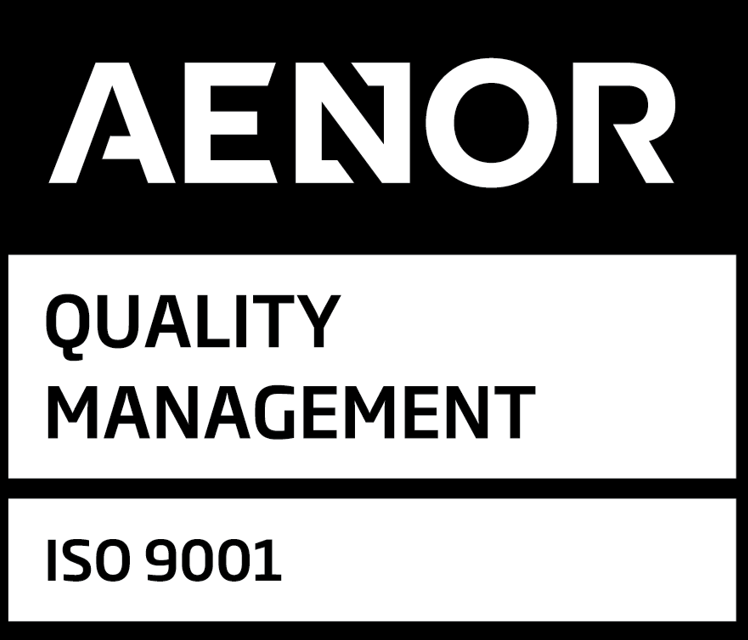Precision medicine is transforming healthcare by tailoring treatments to the unique characteristics of each patient. At the core of this transformation are companion diagnostics (CDx), innovative tools that identify biomarkers to determine which patients will benefit from specific therapies and who may be at risk of adverse effects. Far from being a niche, CDx has become a driving force behind the approval and success of targeted treatments.
Between 2015 and 2019, approximately 65% of EMA and FDA drug approvals involved a biomarker, highlighting just how central biomarker-driven strategies have become to modern drug development (EMA | FDA Drug Approvals). Biomarkers are not just supportive; they are often decisive in shaping regulatory pathways and patient outcomes. For oncology in particular, the integration of CDx has redefined standards of care.
Today, the FDA has approved 44 companion diagnostics, many of them linked to therapies in oncology (FDA Companion Diagnostics). Among these, non-small cell lung cancer (NSCLC) and colorectal cancer represent the largest categories, reflecting both the high global disease burden and the rapid progress in targeted oncology drugs. These CDx tests help clinicians select therapies based on mutations such as EGFR, ALK, KRAS, or BRAF, directly connecting molecular profiles to treatment decisions.
Implications for pharma
The implications of these numbers are significant. For pharmaceutical companies, co-developing a therapy and its companion diagnostic has become the new normal, especially in oncology, immunology, and rare diseases. Regulatory bodies such as the FDA and EMA increasingly expect biomarker strategies to be integrated from the earliest stages of clinical development, not treated as afterthoughts. For patients, CDx represents a more hopeful and personalized pathway — ensuring that the right drug reaches the right individual at the right time.
Developing and validating a companion diagnostic, however, is complex. It requires robust clinical evidence, alignment with both drug and diagnostic regulatory frameworks, and careful planning of multi-country trials. Under the EU In Vitro Diagnostic Regulation (IVDR), CDx is classified as Class C with mandatory notified body involvement, underscoring the high standards for evidence and compliance required in Europe.At MDx CRO, we work with pharmaceutical and diagnostic partners to integrate CDx into precision medicine programs. From regulatory strategy and clinical trial design to biomarker validation and post-market surveillance, we provide the expertise needed to bring these critical tools from concept to approval. Our experience spans oncology, infectious disease, and immunology, giving us a strong foundation to support the next generation of biomarker-driven therapies.
Future outlook
Companion diagnostics have moved from a specialized innovation to a central pillar of precision medicine. With over 40 FDA-approved CDx today and biomarker involvement in the majority of new drug approvals, the trend is clear: the future of medicine will increasingly depend on diagnostics and therapeutics working hand in hand. The challenge for innovators is not whether to pursue CDx, but how to design the right strategy to meet scientific, regulatory, and clinical demands.
If you are developing a targeted therapy or considering a companion diagnostic program, contact MDx CRO to learn how we can help accelerate your path to approval and ensure your innovations reach the patients who need them most.







